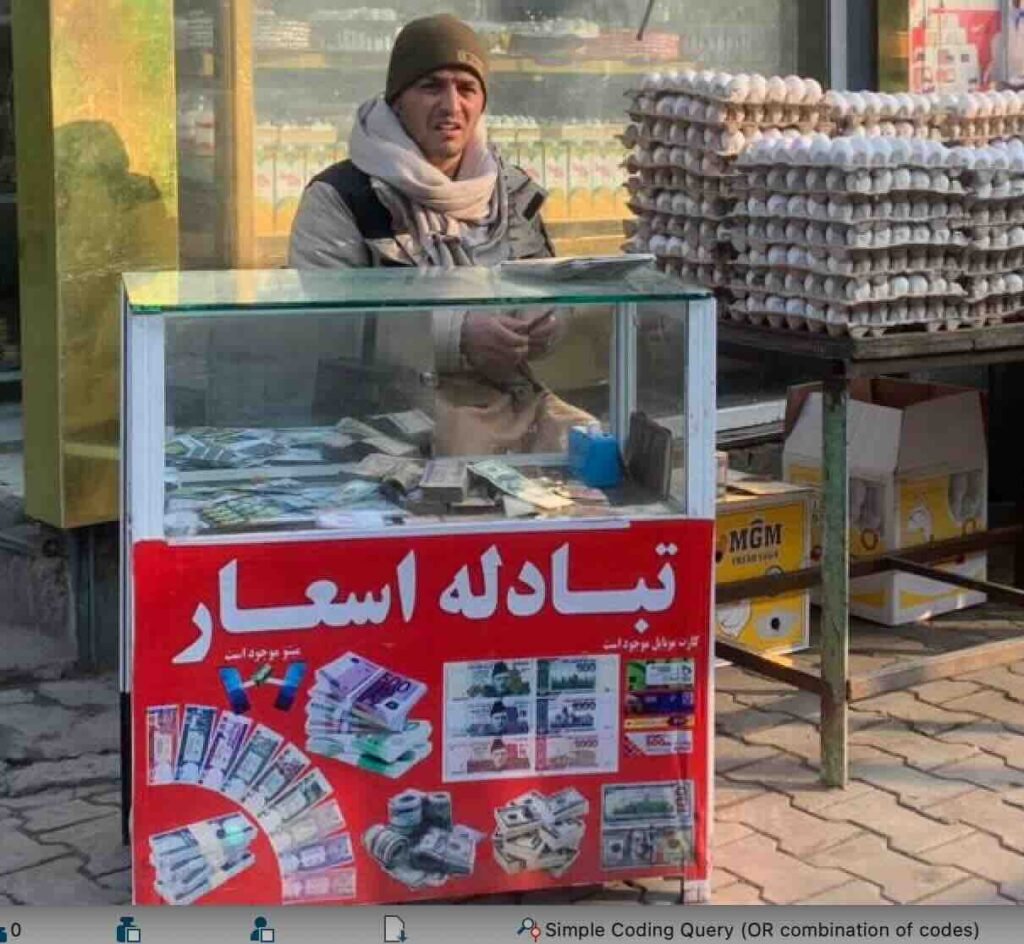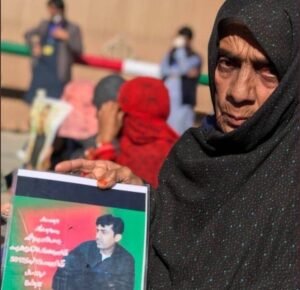No Escape from Debt: Why Pakistan Faces an Unavoidable Debt Trap

Photo by @SS Ahmad for ADN
By Fatima Chaudhary
In recent years, Pakistan’s economic landscape has become increasingly burdened by one of the world’s most severe debt traps. As the nation confronts swelling debt payments and an ever-widening fiscal deficit, experts argue that Pakistan is on a dangerous financial trajectory. Despite government efforts to secure international bailouts and negotiate debt relief, Pakistan remains entangled in a web of debt dependency that threatens its economic stability, social progress, and national sovereignty.
Former State Bank Governor Dr. Murtaza Syed has voiced grave concerns over Pakistan’s debt crisis, terming it one of the deadliest debt traps globally. This debt quagmire has forced the government into prioritizing debt servicing over essential development needs, thereby undermining critical investments in health, education, and infrastructure. According to Dr. Syed, Pakistan’s debt obligations consume a higher proportion of its economy than nearly any other country in the developing world, an unsustainable scenario that could catalyze social and political unrest.
One of the fundamental problems underlying Pakistan’s debt crisis is the massive scale of unproductive spending. Rather than investing borrowed funds in growth-driving sectors, successive governments have often channeled these resources into consumption-oriented and non-developmental spending. This pattern has left Pakistan with insufficient returns on debt-financed projects, diminishing its capacity to repay loans without incurring more debt. Dr. Syed emphasizes that debt servicing now consumes an overwhelming share of the government’s revenues, leaving minimal funds for social welfare, infrastructure development, and climate resilience initiatives.
A report from the United Nations Conference on Trade and Development (UNCTAD) reveals that Pakistan’s interest payments constitute approximately 6% of its GDP, a rate higher than any other developing country. With a debt-to-revenue ratio at an alarming 65%, second only to Sri Lanka, Pakistan’s budget is heavily skewed towards meeting interest obligations. Consequently, Pakistan spends nearly three times more on debt servicing than on education, while health expenditure is eclipsed by a six-fold increase in interest payments.
In addition to high domestic debt, Pakistan’s reliance on foreign borrowing has deepened the country’s financial vulnerabilities. Much of this foreign debt comes from Chinese infrastructure loans under the China-Pakistan Economic Corridor (CPEC) initiative. Intended to fuel economic growth, CPEC projects have contributed to the ballooning of Pakistan’s external debt obligations, given that the terms on many Chinese loans carry relatively high interest rates and rigid repayment schedules. In fact, Pakistan owes China approximately $26.6 billion, making it one of China’s largest debtors globally.
Pakistan’s Debt Dilemma: CPEC’s Cost
CPEC’s financing model, which often involves independent power producers, has further strained Pakistan’s finances. High capacity payments to these entities mean that Pakistan’s populace pays for electricity generation they may not consume, adding to the cost of servicing Chinese loans. Although Pakistan has recently entered talks with China to extend repayment timelines on CPEC debts, this measure provides only temporary relief and highlights the pressing need for more sustainable debt management solutions.
Experts agree that Pakistan’s fiscal predicament leaves it with limited options. Tax hikes and spending cuts, though essential, are insufficient to address the depth of the crisis. Raising taxes to meet debt obligations can stifle economic growth and trigger public discontent, as evidenced by Kenya’s recent struggles with fiscal austerity measures. Spending cuts, while effective in some areas, cannot go far enough without undermining essential services.
Dr. Syed advocates a debt reprofiling strategy, which would entail restructuring Pakistan’s debt to defer repayments. This approach could temporarily free up resources for development priorities. However, debt reprofiling alone is unlikely to resolve Pakistan’s structural issues, given the sheer magnitude of its debt obligations and dependency on borrowing. Such a measure also requires consent from creditors, some of whom may be reluctant to offer substantial concessions.
Following its recent $7 billion bailout from the International Monetary Fund (IMF), Pakistan is pursuing further relief through debt reprofiling agreements, notably with China. While these steps may alleviate short-term financial pressure, they represent stopgap measures that fail to address the underlying issues. Reliance on foreign bailouts effectively postpones Pakistan’s debt crisis without eliminating its root causes, ultimately deepening its dependency on international creditors.
Pakistan’s Path to Fiscal Stability
Pakistan’s debt-servicing obligations for the fiscal year 2024–2025 alone are projected at $28.4 billion, nearly equivalent to the country’s total remittances. With no foreseeable improvement in foreign exchange reserves, reliance on remittances to bridge the financing gap remains unsustainable. This predicament underscores the extent to which Pakistan’s future economic stability hinges on fiscal prudence, export diversification, and stringent economic reforms.
If Pakistan is to avoid a prolonged financial catastrophe, it must pivot towards self-reliant economic policies. This shift entails strict cost-cutting measures, aggressive efforts to curtail imports, and an overhaul of revenue collection mechanisms. Policies that prioritize domestic industries, reduce dependency on imports, and foster export growth—particularly in high-potential sectors such as IT and manufacturing—are essential for establishing a sustainable economic foundation.
Pakistan’s policymakers must also confront structural inefficiencies within the Federal Board of Revenue (FBR), whose inefficacies in tax collection exacerbate the fiscal deficit. Reforms in tax administration, alongside greater use of technology to reduce corruption and tax evasion, could help optimize revenue collection. These steps, while difficult, represent necessary sacrifices if Pakistan is to attain fiscal independence and minimize its exposure to debt-fueled growth traps.
In addition, Pakistan must consider the politically challenging option of placing a temporary moratorium on debt repayments. Such a moratorium would allow the government to redirect funds towards critical social and developmental needs, though it would undoubtedly strain relations with international creditors and might limit access to future financing. Yet, without decisive actions, Pakistan risks a downward spiral where the need to service debt overshadows all other fiscal priorities, trapping the nation in an endless cycle of borrowing.
Fatima Chaudhary is a lecturer at a private university in Punjab province.
Note: The contents of the article are of sole responsibility of the author. Afghan Diaspora Network will not be responsible for any inaccurate or incorrect statement in the articles.









